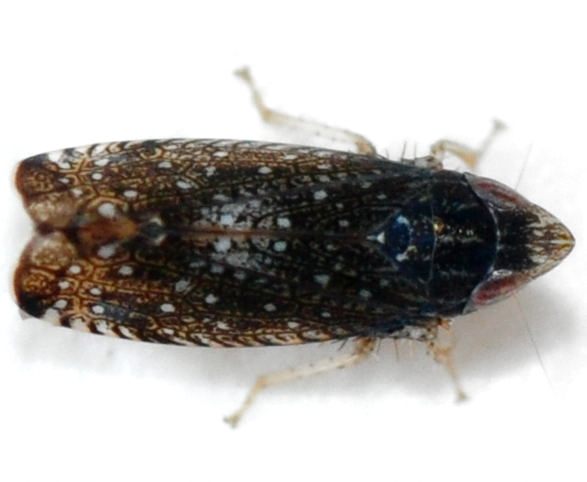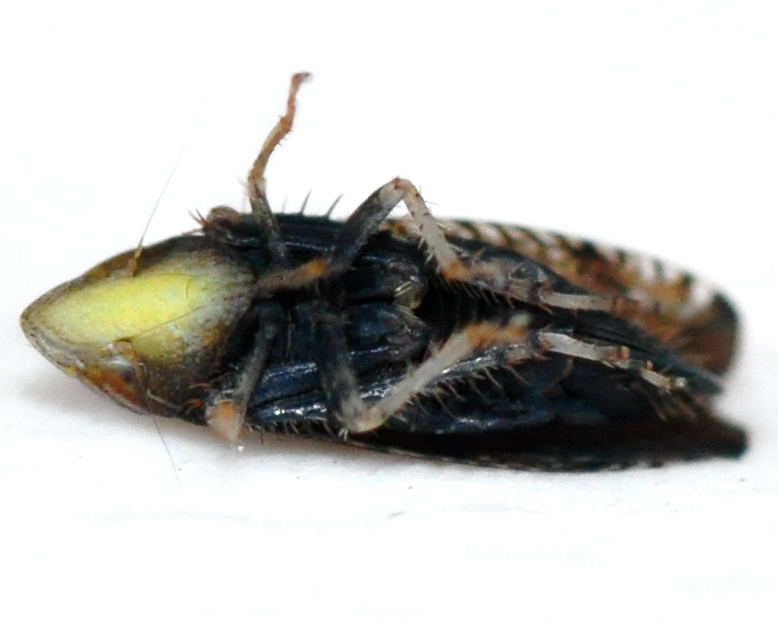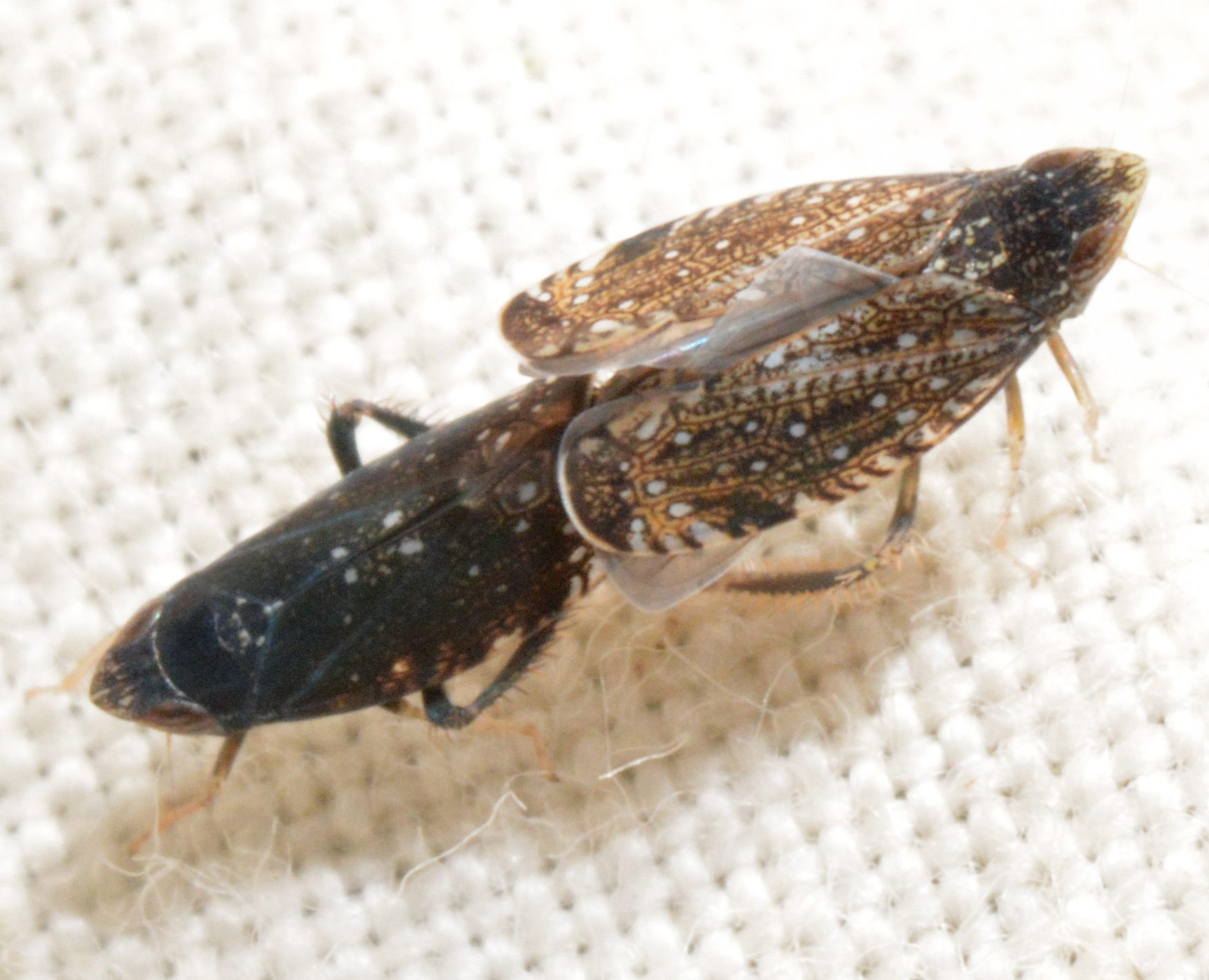Species Photo Gallery for Scaphytopius frontalis Yellowfaced Leafhopper |
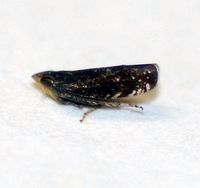 | Photo by: Paul Scharf
Warren Co.
Comment: Caught Sweping |  | Photo by: Paul Scharf
Warren Co.
Comment: Caught Sweping |
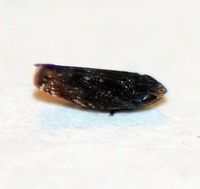 | Photo by: Paul Scharf
Warren Co.
Comment: Caught Sweping | 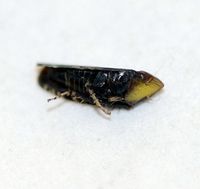 | Photo by: Paul Scharf
Warren Co.
Comment: Caught Sweping |
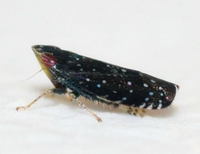 | Photo by: Kyle Kittelberger, Brian Bockhahn, Paul Scharf
Vance Co.
Comment: Found in grassy field/forest edge habitat | 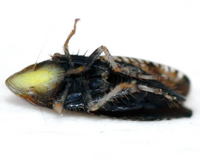 | Photo by: Kyle Kittelberger, Brian Bockhahn, Paul Scharf
Mitchell Co.
Comment: grassy, brushy vegetation in the open on the top of the mountain; the bald |
 | Photo by: Kyle Kittelberger, Brian Bockhahn, Paul Scharf
Mitchell Co.
Comment: grassy, brushy vegetation in the open on the top of the mountain; the bald |  | Photo by: Kyle Kittelberger, Brian Bockhahn, Paul Scharf
Mitchell Co.
Comment: grassy, brushy vegetation in the open on the top of the mountain; the bald |
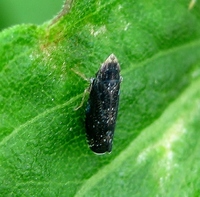 | Photo by: T. DeSantis
Camden Co.
Comment: DISW | 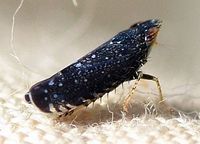 | Photo by: Paul Scharf, B. Bockhahn
Yancey Co.
Comment: Caught sweeping |
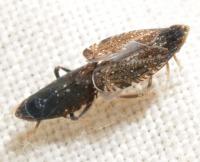 | Photo by: Kyle Kittelberger, Brian Bockhahn, Paul Scharf
Avery Co.
Comment: grassy, brushy field-type habitat in old christmas tree farm | 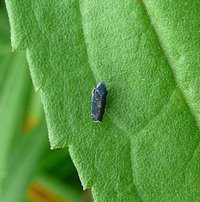 | Photo by: FKW
Gates Co.
Comment: MEMI |
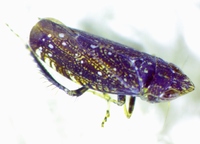 | Photo by: Ken Kneidel
Mecklenburg Co.
Comment: |  | Photo by: Ken Kneidel
Mecklenburg Co.
Comment: |
 | Photo by: Margarita Lankford
Orange Co.
Comment: https://www.inaturalist.org/observations/47920868 | 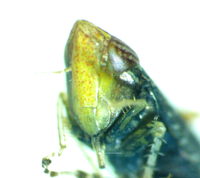 | Photo by: Ken Kneidel
Mecklenburg Co.
Comment: caught with 2 others while beating Common Ragweed, 4.3 mm |
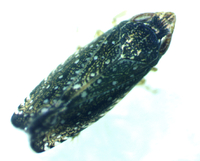 | Photo by: Ken Kneidel
Mecklenburg Co.
Comment: caught with 2 others while beating Common Ragweed, 4.3 mm | 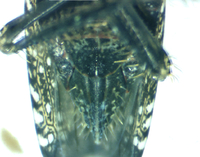 | Photo by: Ken Kneidel
Mecklenburg Co.
Comment: caught with 2 others while beating Common Ragweed, 4.3 mm |
 | Photo by: Ted Wilcox
Watauga Co.
Comment: unid_leafhopper | 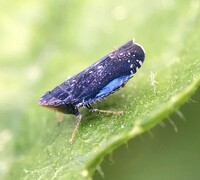 | Photo by: Ted Wilcox
Watauga Co.
Comment: unid_leafhopper |
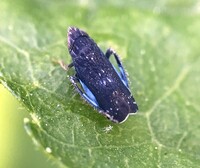 | Photo by: Ted Wilcox
Watauga Co.
Comment: unid_leafhopper |  | Photo by: Ted Wilcox
Watauga Co.
Comment: unid_leafhopper |
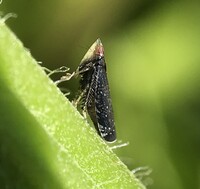 | Photo by: Ted Wilcox
Watauga Co.
Comment: unid_leafhopper | 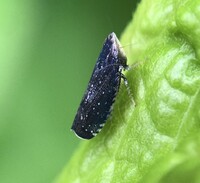 | Photo by: Ted Wilcox
Watauga Co.
Comment: unid_leafhopper |
 | Photo by: Ted Wilcox
Watauga Co.
Comment: unid_leafhopper | 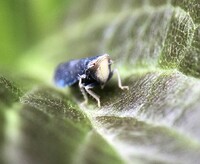 | Photo by: Ted Wilcox
Watauga Co.
Comment: unid_leafhopper |
 | Photo by: Ted Wilcox
Watauga Co.
Comment: unid_leafhopper |  | Photo by: Ted Wilcox
Watauga Co.
Comment: unid_leafhopper |
 | Photo by: Ted Wilcox
Watauga Co.
Comment: unid_leafhopper |  | Photo by: Ted Wilcox
Watauga Co.
Comment: unid_leafhopper |
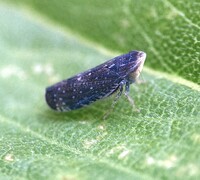 | Photo by: Ted Wilcox
Watauga Co.
Comment: unid_leafhopper |  | Photo by: Ted Wilcox
Watauga Co.
Comment: unid_leafhopper |
 | Photo by: Ted Wilcox
Watauga Co.
Comment: unid_leafhopper |  | Photo by: Ted Wilcox
Watauga Co.
Comment: unid_leafhopper |
 | Photo by: Ted Wilcox
Watauga Co.
Comment: unid_leafhopper | 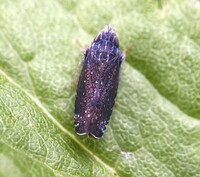 | Photo by: Ted Wilcox
Watauga Co.
Comment: unid_leafhopper |
 | Photo by: Ted Wilcox
Watauga Co.
Comment: unid_leafhopper | 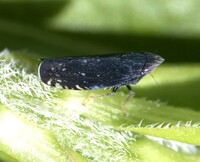 | Photo by: Ted Wilcox
Watauga Co.
Comment: unid_leafhopper |
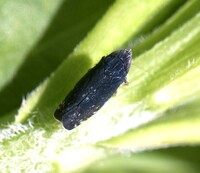 | Photo by: Ted Wilcox
Watauga Co.
Comment: unid_leafhopper | 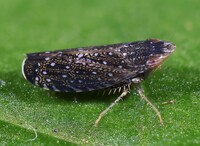 | Photo by: Rob Van Epps
Iredell Co.
Comment: Caught sweeping in a weedy field. |
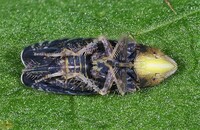 | Photo by: Rob Van Epps
Iredell Co.
Comment: Caught sweeping in a weedy field. |  | Photo by: Marilyn Westphal
Henderson Co.
Comment: Using beat sheet |
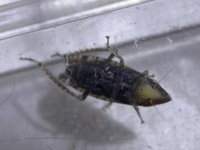 | Photo by: Marilyn Westphal
Henderson Co.
Comment: Using beat sheet |  | Photo by: Marilyn Westphal
Henderson Co.
Comment: Using beat sheet |
 | Photo by: Marilyn Westphal, Nora Murdock
Henderson Co.
Comment: Using beat sheet |

 »
»
